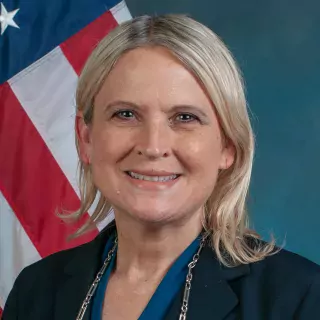Celebrating 68 Years of Keeping an Eye on Defense
In 1947, President Truman signed the National Security Act—reorganizing and modernizing the U.S. armed forces, foreign policy, and the Intelligence Community into a new military-defense agency. Today in 1949, Truman signed an amendment to the act, officially renaming this agency the Department of Defense.
As the federal government grew in size and complexity, so too did our oversight role. GAO expanded to cover not only financial audits, but performance audits as well. We began providing a steadily increasing number of reports to Congress—including two reports in 1945 and 1947 that reviewed proposals for the creation of DOD.
To mark 68 years of DOD, today’s WatchBlog looks at how our defense-related reviews have evolved over time.
Decades of keeping tabs on defense
We began issuing decisions and other letters to the newly-created position of the Secretary of Defense in the late 1940s. The world has substantially changed since DOD’s early days, but defense issues were then and remain today a frequent subject of congressional interest and, consequently, GAO reports. For instance, a 1963 report to Congress GAO (then known as the General Accounting Office) made several recommendations to DOD to, among other things,
- reduce requirements for “magnetos” (generators that use magnets to produce electricity)
- save money by more economical packaging of surgical dressings
- buy milk in bulk for the Guantanamo Naval Station
While magnetos may have fallen out of style, we continue to keep tabs on new tech and what it means for DOD. For example, we recently examined how DOD uses biometrics and other tech to identify targets and control access to military bases.
(Excerpted from GAO-17-580)
Calculating the best way to package surgical dressings can help save money, but we now take a broader view of medical services for servicemembers. You may recall our recent blog post on how DOD health care costs are expected to increase to about $79 billion by 2028.
And milk on military bases? Each year we report on how the federal government could save billions of dollars. Our latest report explains how DOD could save $2 billion by managing its commissaries more efficiently.
We’ve made thousands of recommendations to DOD over the years. To learn more about our past work, check out the history of GAO from 1921-1991. And looking forward, check out our database of open recommendations, including our priority recommendations for DOD.
Comments on the WatchBlog? Contact blog@gao.gov.







